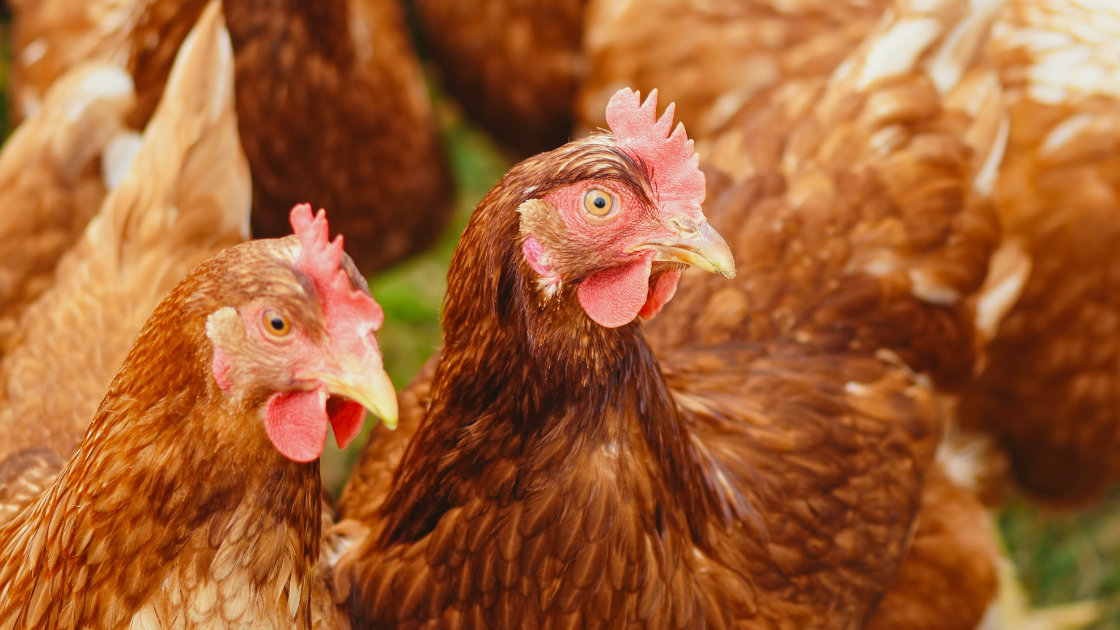Good Day, Folks,
Aunt Eunice is back to remind you if you didn’t make it last weekend to our Farm Animal Frolic, you still have this weekend, May 25 from 10am to 4pm and May 26 from noon to 4pm to come on out.
This Saturday May 25th will be a busy one with many special activities. The PA WoodMobile will be coming and will share a beautiful display in their 35 foot trailer exhibit. Learn about local trees in our area, the history of the forest industry and what everyday items are made with different woods. The early settlers couldn’t have survived without the native trees. Most everything was made from wood especially in the early years of settlement. The black locust tree is known as the strongest timber in North America and is the most durable American wood for ground contact. This was used on the farm for fencing. White oak was used for basket making and red oak for flooring. Cherry trees provided medicinal benefits as well as other ones such as its fruit. Black walnut hulls were used for dying wool and as a stain.
Margaret Quinn will be here on the 25th to shear our sheep, an interesting demo. It is amazing how small the sheep look after being sheared. Their babies don’t always recognize them at first. The spinning and weaving group will take one of the fleeces and turn into a shawl during the day.
Lots of other fun activities will also take place. You can shop at the Friend’s Collectible tent and find some nice bargains. The gift shop is open as well and contains some lovely hand crafted items. There are games, hay jumping, wagon and pony rides, storytelling and more!
We are all waiting to see if Sweetie Pie, our pig, has her babies by this weekend. Maybe you will get to meet them. If not, there are plenty of other animals to meet. This year’s chicks so far are the Buff Orpington breed which is beautiful with a nice personality and winter hardiness. The breed originated in Orpington, Kent, United Kingdom in the late 1800’s. There are Black Orpingtons, White Orpingtons, Blue Orpingtons (somewhat rare), and Buff Orpingtons – the Buff color being the most prevalent. They are raised for the purposes of both meat and egg production; also Cuckoo Marans which were developed in France in the mid 1800s in the town of the same name, Marans, France. The breed made their way to England in the early 1900s and quickly became very popular for their rich, dark brown eggs – a trait they are still known for today. These beautiful birds were first exhibited in 1929 in Paris by the Poultry Breeders Society of France, and since then have become popular around the world. This is a good, hardy breed which does well in a free range setting.
Come out to our historic farm and learn more about the farm animals and meet the babies. It will be fun for the whole family.
I hope to see you at Frolic. That’s all for now. Thanks for checking in. Aunt Eunice
